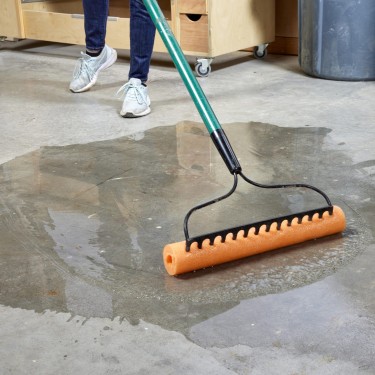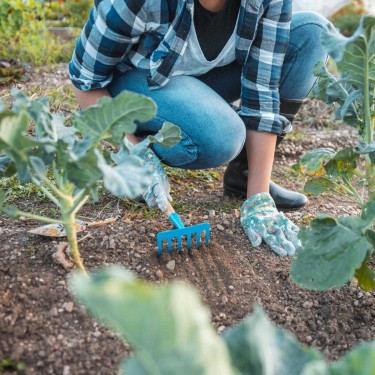Keep on top of your yard chores! These tips will ensure your yard is ready for the changing seasons ahead.
Every editorial product is independently selected, though we may be compensated or receive an affiliate commission if you buy something through our links. Ratings and prices are accurate and items are in stock as of time of publication.
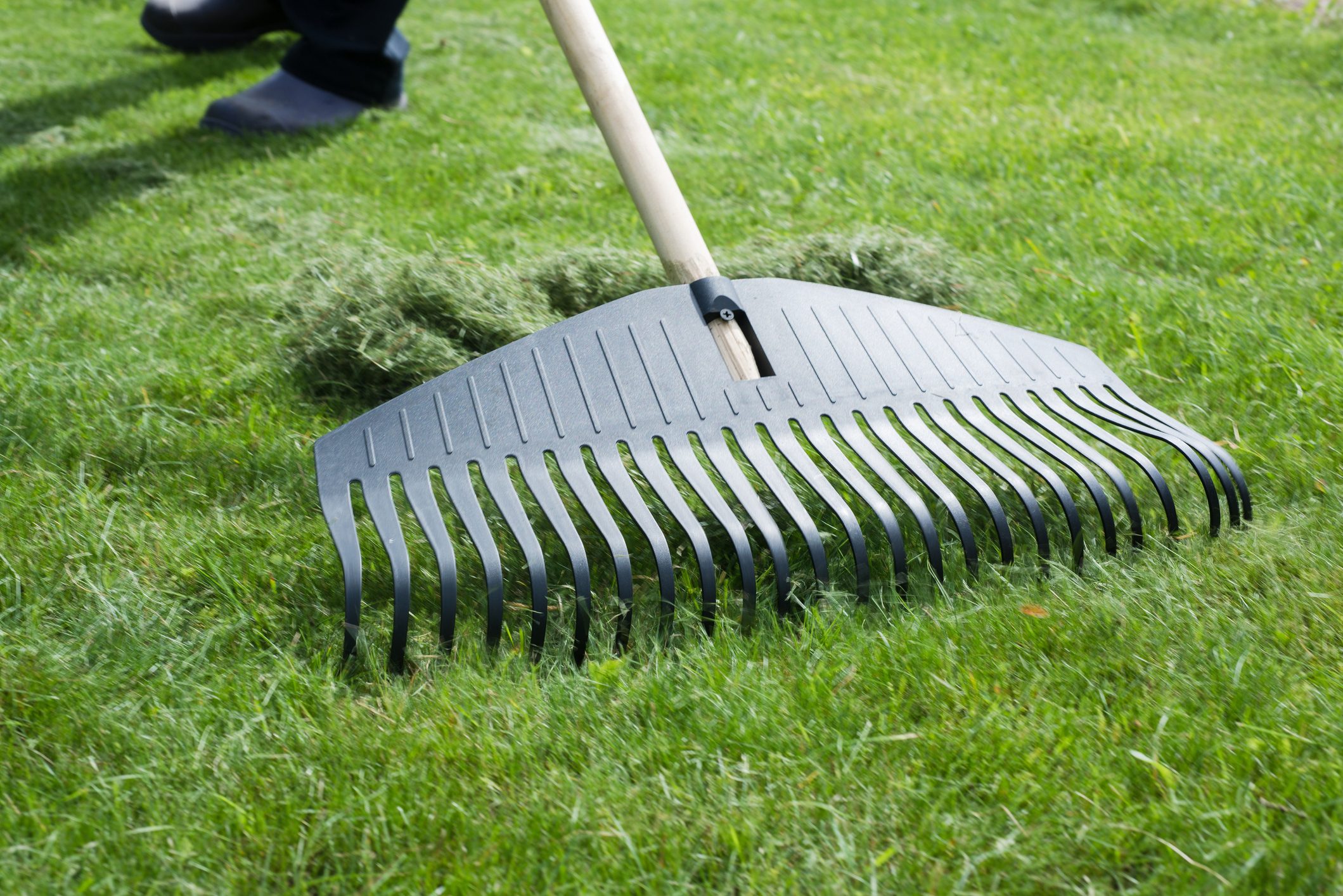
Rake the Lawn
While raking is mandatory when leaves drop in the fall, a vigorous late-summer raking might be necessary if thatch — a layer of plant material that develops between foliage and soil — builds up. A little thatch doesn’t hurt. When there’s more than half an inch, it can impede growth and make lawns look thin or sparse.
Give the lawn a good stiff raking with a steel-tine rake or a dethatching rake, then fertilize to help grass recover.

Aerate the Lawn
A summer’s worth of foot traffic tramples and compacts the soil under your lawn, making it harder for water, nutrients and oxygen to seep deeply to the roots. It can also lead to thatch buildup.
Aeration can give a tired lawn a boost. It removes small soil cores to relieve compaction and allows good stuff like water and nutrients to penetrate the soil.

Reseed the Lawn
With cooler temperatures and more abundant rainfall on the horizon, late summer and early fall are a good time to seed a new lawn or fill bare spots in existing turf. Why? The the milder conditions are less stressful on the newly forming plants.
Keep seeded areas well-watered until they are established, about six to eight weeks. A seed mix with a built-in mulch and seed-starting fertilizer simplifies the process.
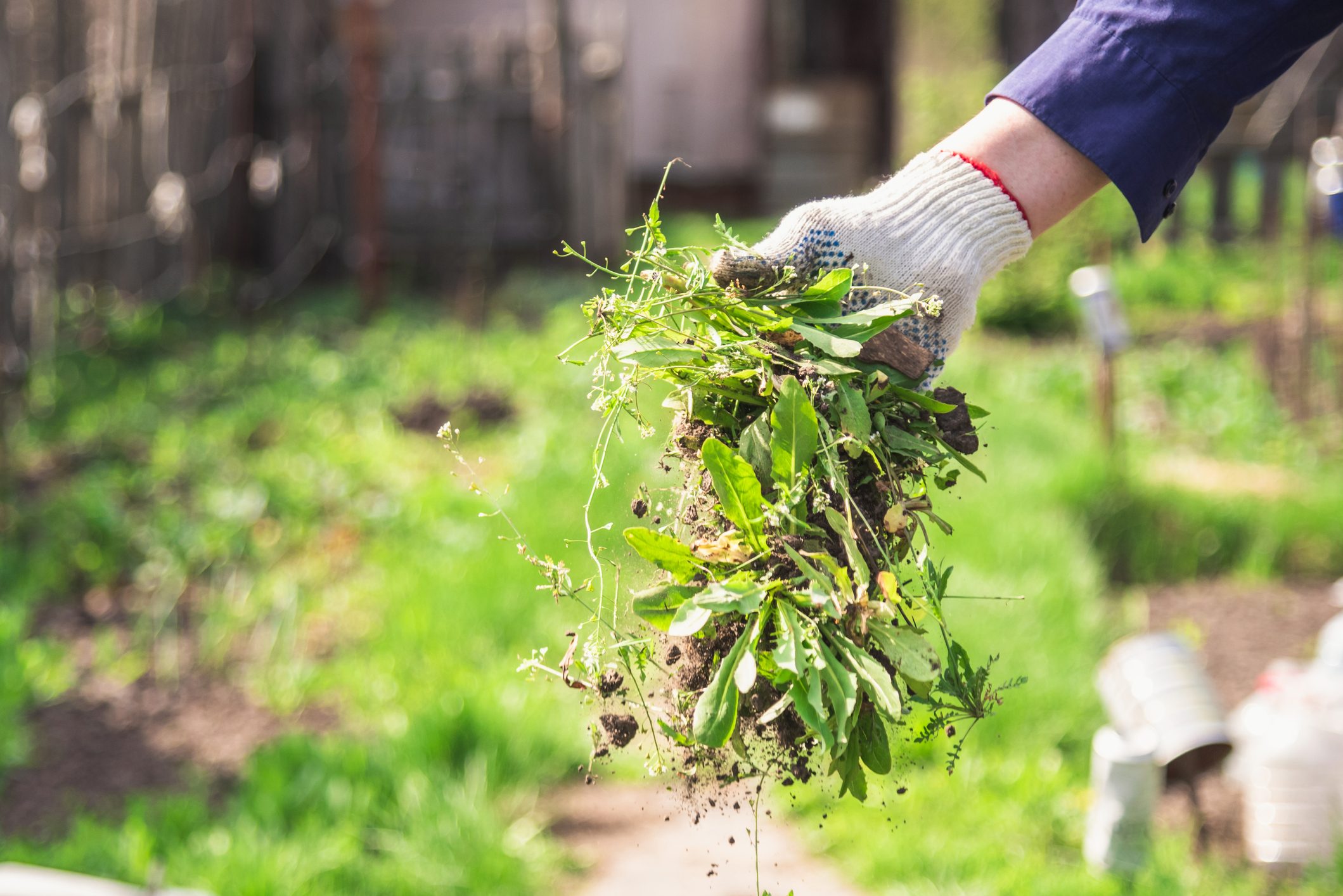
Weed the Lawn
Heat and drought take their toll on every lawn, yet these same factors seem to make weeds grow in abundance. It’s not unusual to find a fair amount of new nasty weeds popping up in late summer.
Small lawns can be weeded by hand with a dandelion fork, preferably after a rain, when weeds are easier to extract. Larger lawns can be spot treated with a broadleaf herbicide or a granular weed and feed.
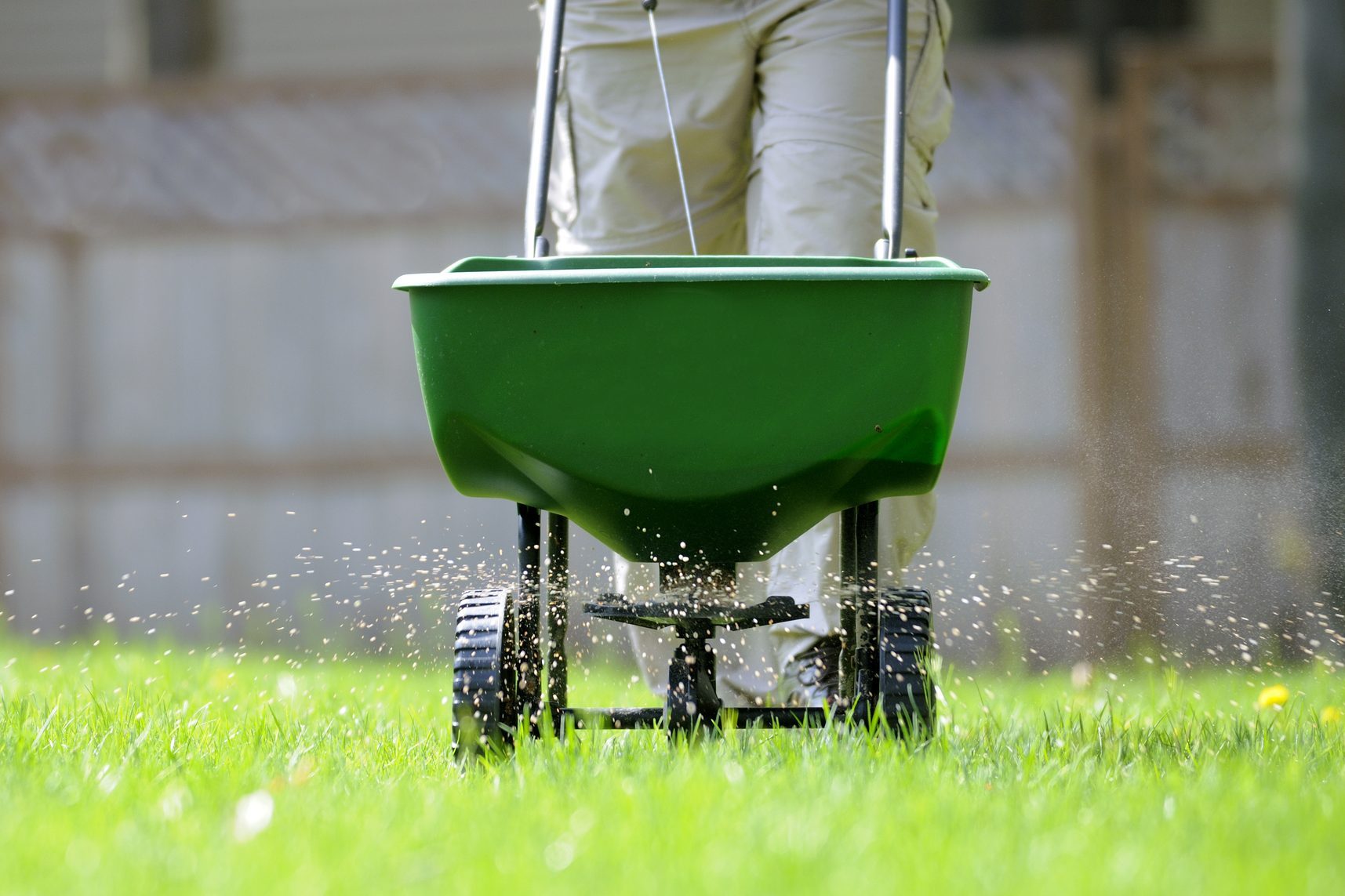
Feed the Lawn
Most lawns can use an occasional boost of fertilizer, and the period between Labor Day and early October is an optimal time to treat them. Lawns have usually bounced back from summer stress by then and there’s often more moisture available. This helps move the lawn fertilizer through the soil to the roots and up into the plant.
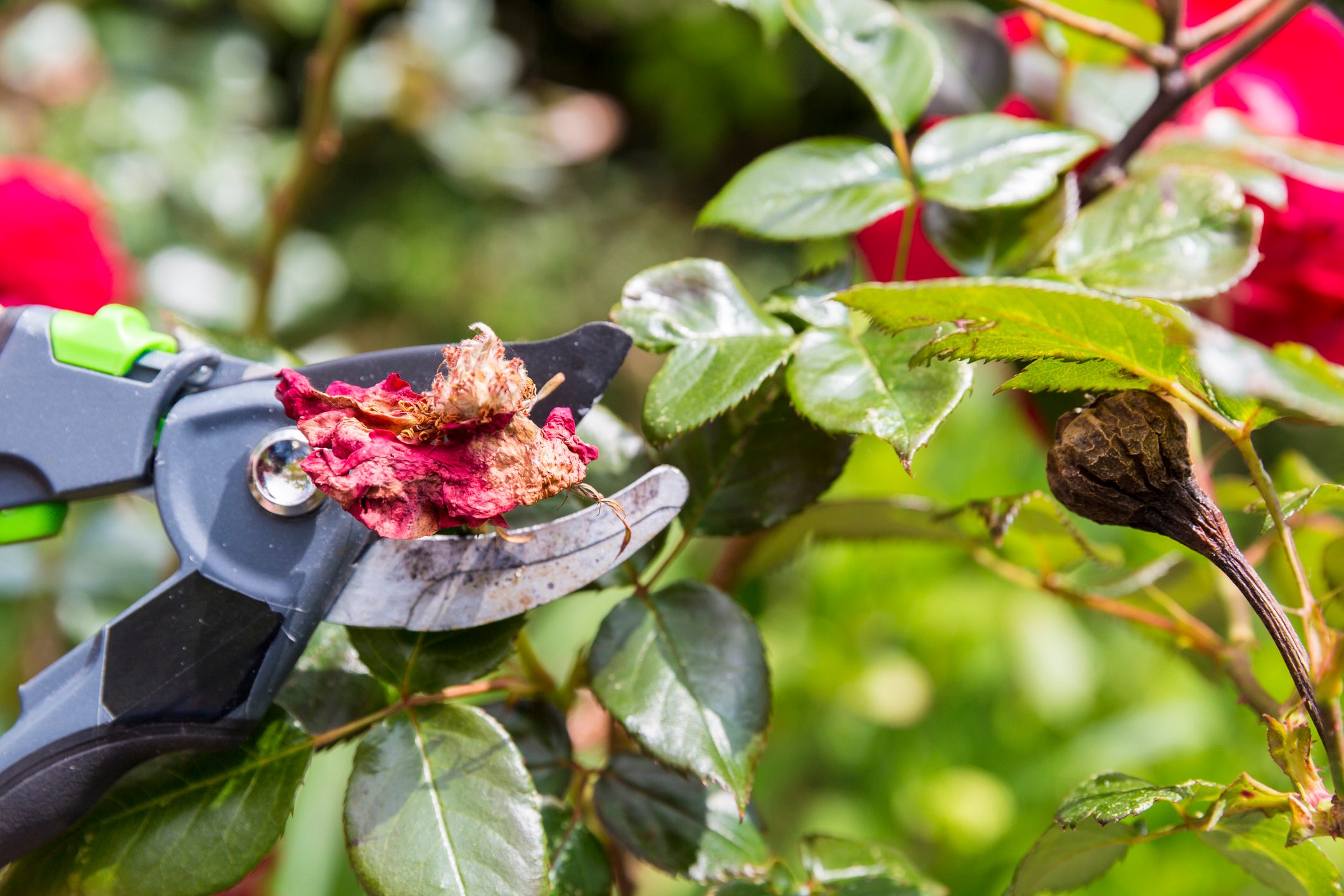
Deadhead Plants
Yards can begin looking overgrown in late summer, and deadheading plants — removing spent flower heads — helps everything look tidier. Deadheading may also cause certain plants to produce more flowers, which is a bonus.
Do consider allowing some flowers to go to seed, especially the closer you get to fall. Birds will appreciate the extra sustenance.

Trim Shrubs
Lots of sunshine and warmth often give shrubs a boost of growth, so they might need a trim.
You can remove broken, dead or diseased branches anytime — the same for trees — but wait until early fall to trim overgrown shrubs where winters are cold. This will prevent the plants from putting out new growth too late in the season, when the tender stems would be susceptible to winter damage.
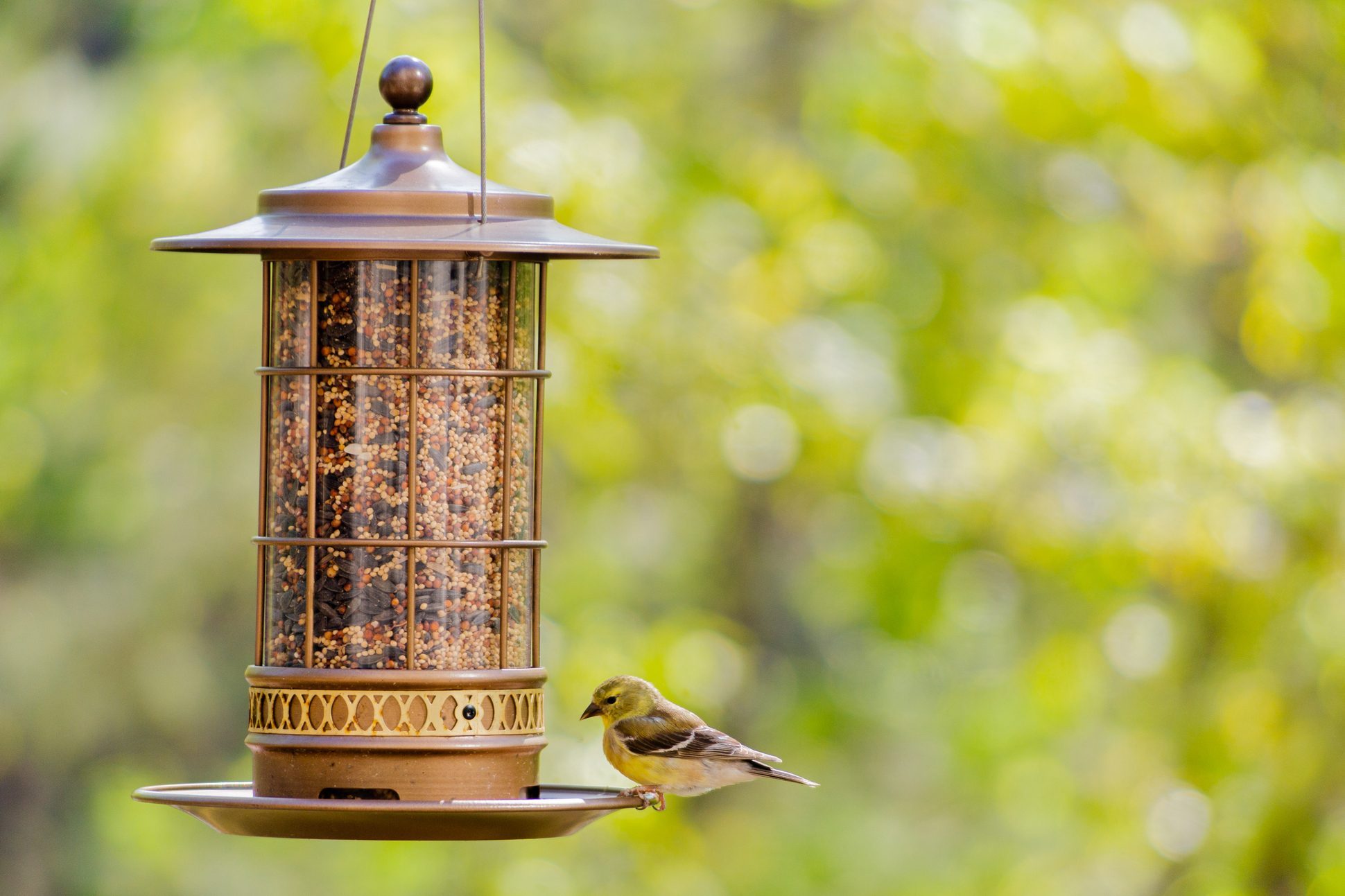
Prepare Birdfeeders
Although fall is a banquet for birds with all the ripening seeds, winter won’t be far behind. So get ready for bird feeding season.
Stock up on birdseed. Give your birdfeeder a good cleaning with soap and water, then disinfect with a 10 percent bleach solution. Tighten screws, reattach any loose parts and touch up the paint so your feeders are ready for action when the weather turns.

Maintain Pond and Pool
Remove leaves and other debris from ponds, which can quickly decompose and foul the water, possibly harming fish. Clip off any yellowing or dead leaves from pond plants and stop fertilizing to prevent new growth, which might not be winter hardy in cold climates.
For pools, stay on top of vacuuming, and skim leaves off the water daily to keep the skimmer from clogging. Just as with the pond, remove leaves promptly — in this case, so they don’t sink and stain the bottom of the pool.
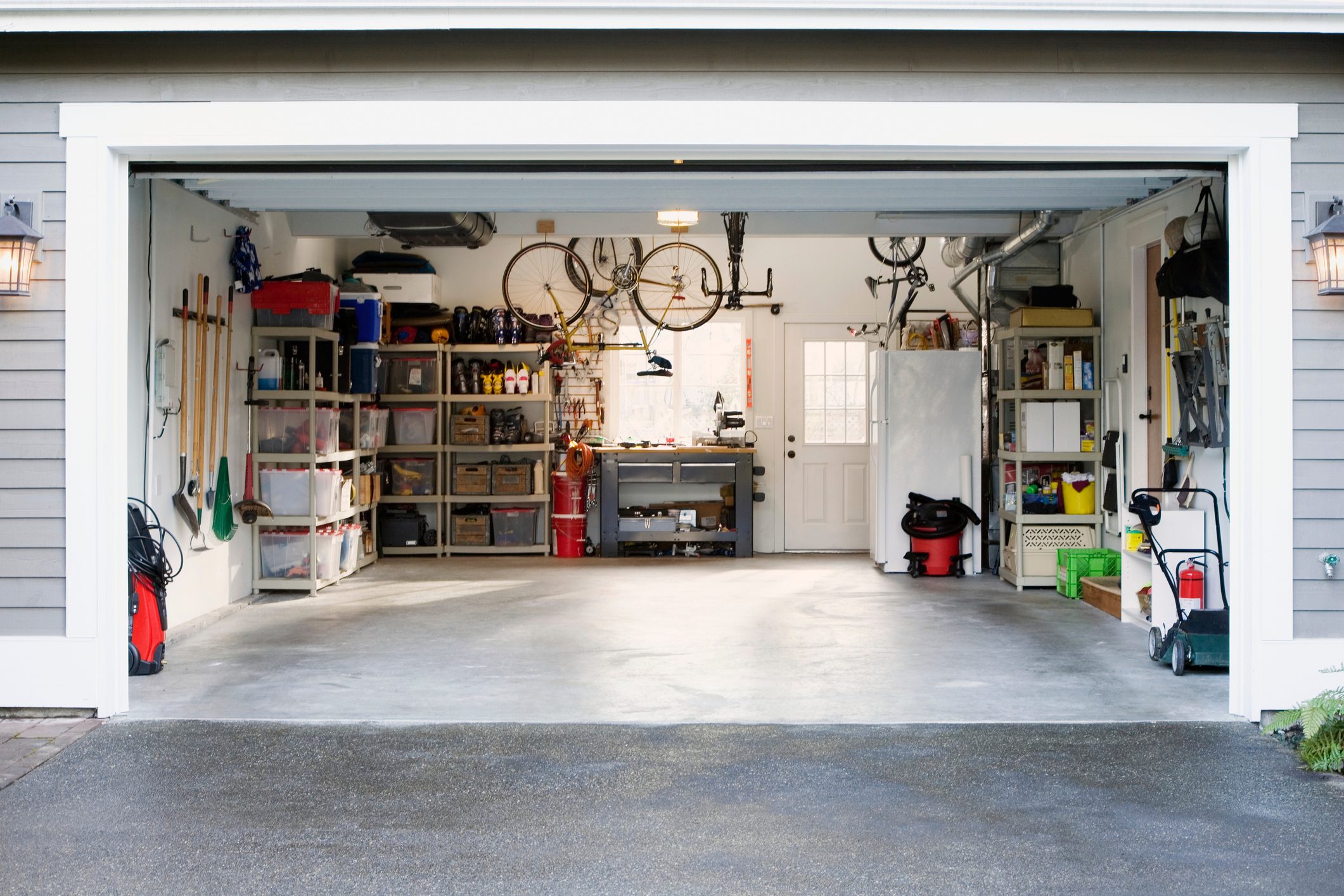
Get Organized
It will soon be time to put away outdoor furniture, accessories, hoses, pots and other items for the winter. That means finding room in the garage, shed or basement.
Wherever your storage area is, you can get more mileage out of it if you clean and organize it in advance. Then, when you’re ready to bring items to shelter, you just need to wipe them down and put them where they belong.

